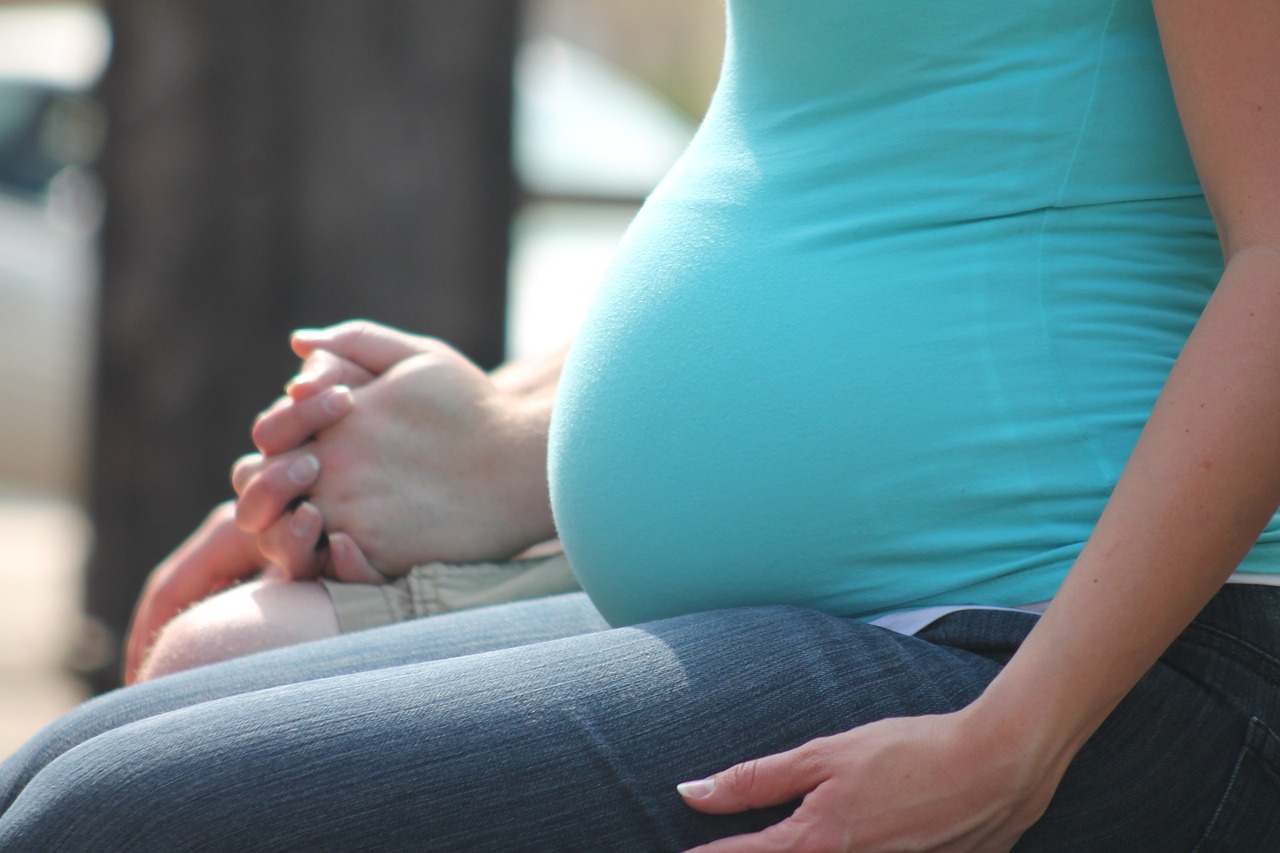Maternity leave: HR guide

Introduction
In this guide I cover maternity leave and key employer obligations.
The right to maternity leave
Women have the right to up to 52 weeks’ maternity leave if they are pregnant and classified as an employee.
No continuous service is required.
It is a legal requirement that the employee takes at least two weeks’ compulsory maternity leave after the baby is born (four weeks if employed as a factory worker).
When can an employee start maternity leave?
Maternity leave can commence from the beginning of the eleventh week before the expected week of childbirth with the latest start date being the day of birth.
Notification requirements
To benefit from maternity leave employees must inform their employer no later than the end of the fifteenth week before the expected week of childbirth.
The employee must inform their employer that:
- they are pregnant
- the week that the baby is due
- when the employee wishes to start the maternity leave
The employer must respond within 28 days, confirming the date of when the maternity leave will end, which will be 52 weeks from the start of the maternity leave.
Employers may request to see a medical certificate, MAT B1 form, which the employee can obtain from their midwife or doctor from the twentieth week before the expected week of childbirth.
The employee must inform their employer at least eight weeks before the intended return date if they wish to stay on maternity longer or return to work before the planned date.
Time off for antenatal appointments
Pregnant employees (whether full time or part-time) have the right to take reasonable paid time off for antenatal appointments.
The appointments can include:
- pregnancy checks
- scans
- relaxation and parenting classes
Maternity pay
To be eligible for statutory maternity pay:
- the employee must be continuously employed for 26 weeks for the employer up to and including the fifteenth week before the expected week of childbirth.
- the employee must earn at least £123 per week on average for eight weeks ending with the fifteenth week before the expected week of childbirth.
Employees are entitled to statutory maternity pay for 39 weeks.
For the first six weeks employees are entitled to 90% of their average weekly earnings.
For the remaining thirty three weeks employees are entitled to the lower of:
- £184.03 per week
- 90% of their average weekly earnings
If employees are not entitled to statutory maternity leave they may be entitled to maternity allowance.
Some employers offer discretionary or contractual enhanced maternity pay.
Contact during maternity leave
Employers should inform employees on maternity leave:
- if any jobs are being advertised
- if there are any promotion, training or transfer opportunities
- if the employer is planning redundancies or restructuring (see below)
An employer may make ‘reasonable contact’ with employee during her maternity leave. The employer may, for instance, wish to contact the employee about her return to work or about important developments in the workplace. It is good practice for the employer to discuss the level of appropriate contact with the employee and the form of contact prior to the employee commencing her maternity leave.
Employees may work for the employer up to ten days during their maternity leave (keeping in touch (KIT) days). The employee and the employer should agree the number of days, the work to be carried out and how much the employee will be paid, which would usually be the normal rate of pay.
Returning to work
If an employee returns to work during or at the end of ordinary maternity leave (the first 26 weeks of maternity leave) the employee is entitled to return to the same job.
If an employee returns to work during or at the end of additional maternity leave (the second 26 weeks of maternity leave) the employee is entitled to return to the same job or, where it is not reasonably practicable for the employer (such as in the case of a reorganisation), a job which is suitable and appropriate in the circumstances. The terms and conditions must also not be less favourable than had the employee not been on maternity leave.
Pregnancy and maternity discrimination
It is unlawful for employers to discriminate by:
- treating a woman unfavourably from the beginning of pregnancy to the end of maternity leave because of her pregnancy or because of an illness she has suffered as a result of her pregnancy.
- treating a woman less favourably because she is on compulsory maternity leave.
- treating a woman unfavourably because she is exercising or seeking to exercise or has exercised or tried to exercise the right to ordinary or additional maternity leave.
Redundancy
An employer may make an employee on maternity leave redundant providing that there is a genuine redundancy situation, the employer follows a fair process and the employer does not treat the employee unfavourably because of pregnancy / maternity leave.
Where an employee on ordinary or additional maternity leave is at risk of redundancy she is entitled to be prioritised/offered any suitable employment vacancy with the employer or any associated company.
This guide is intended for guidance only and should not be relied upon for specific advice.
If you need advice on maternity leave or have other employment law queries please do not hesitate to contact me on: 020 3797 1264.
Do check mattgingell.com regularly for updated information.





